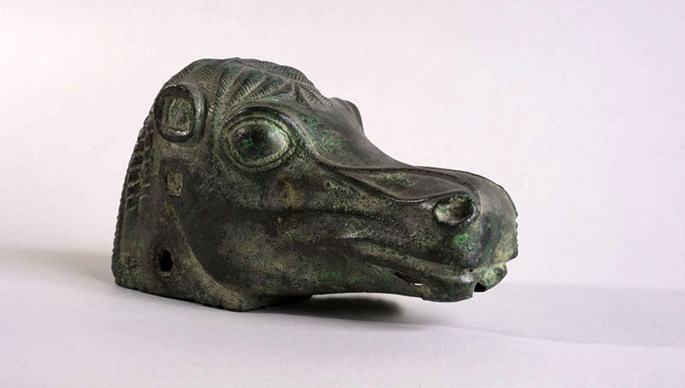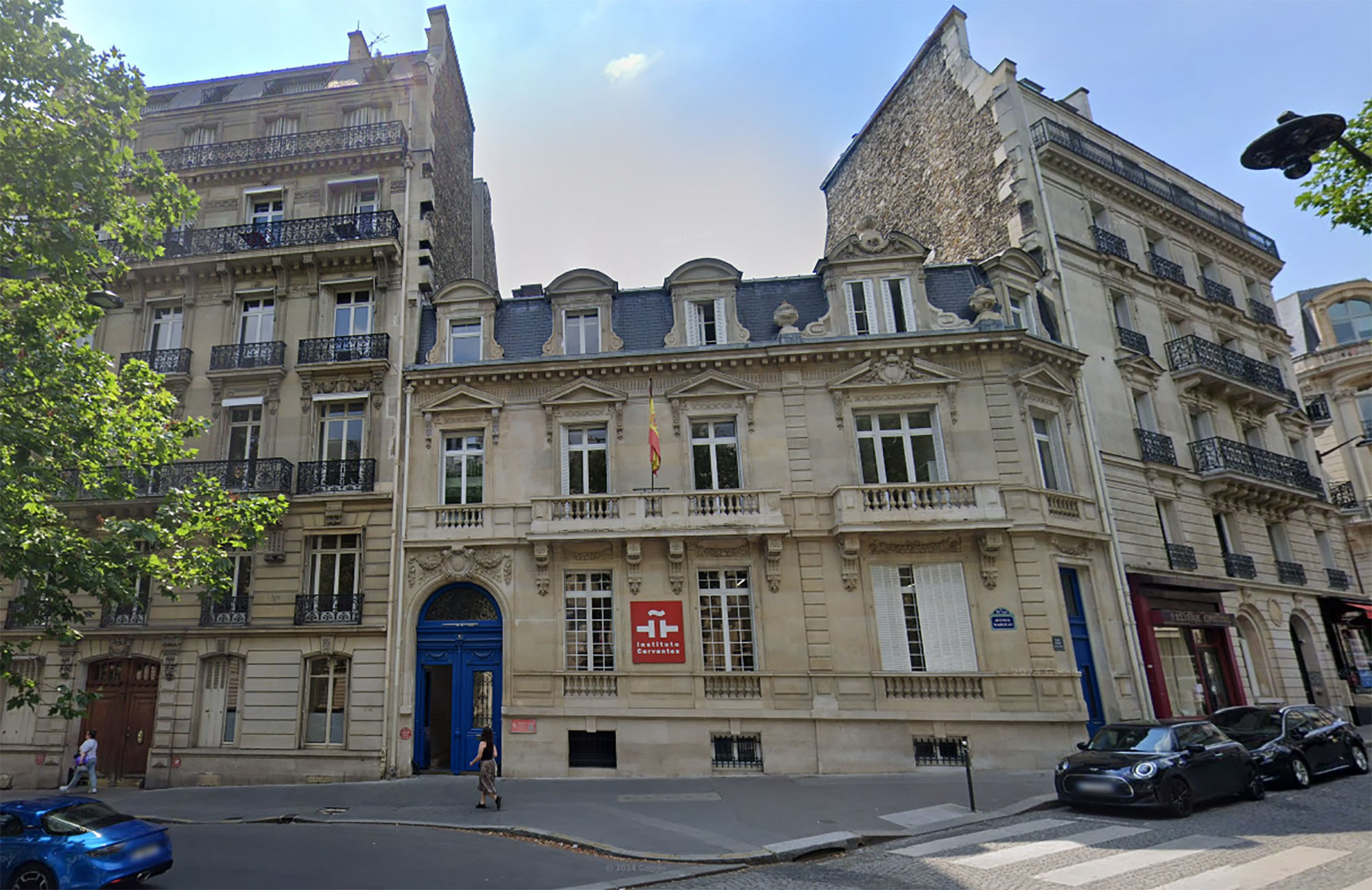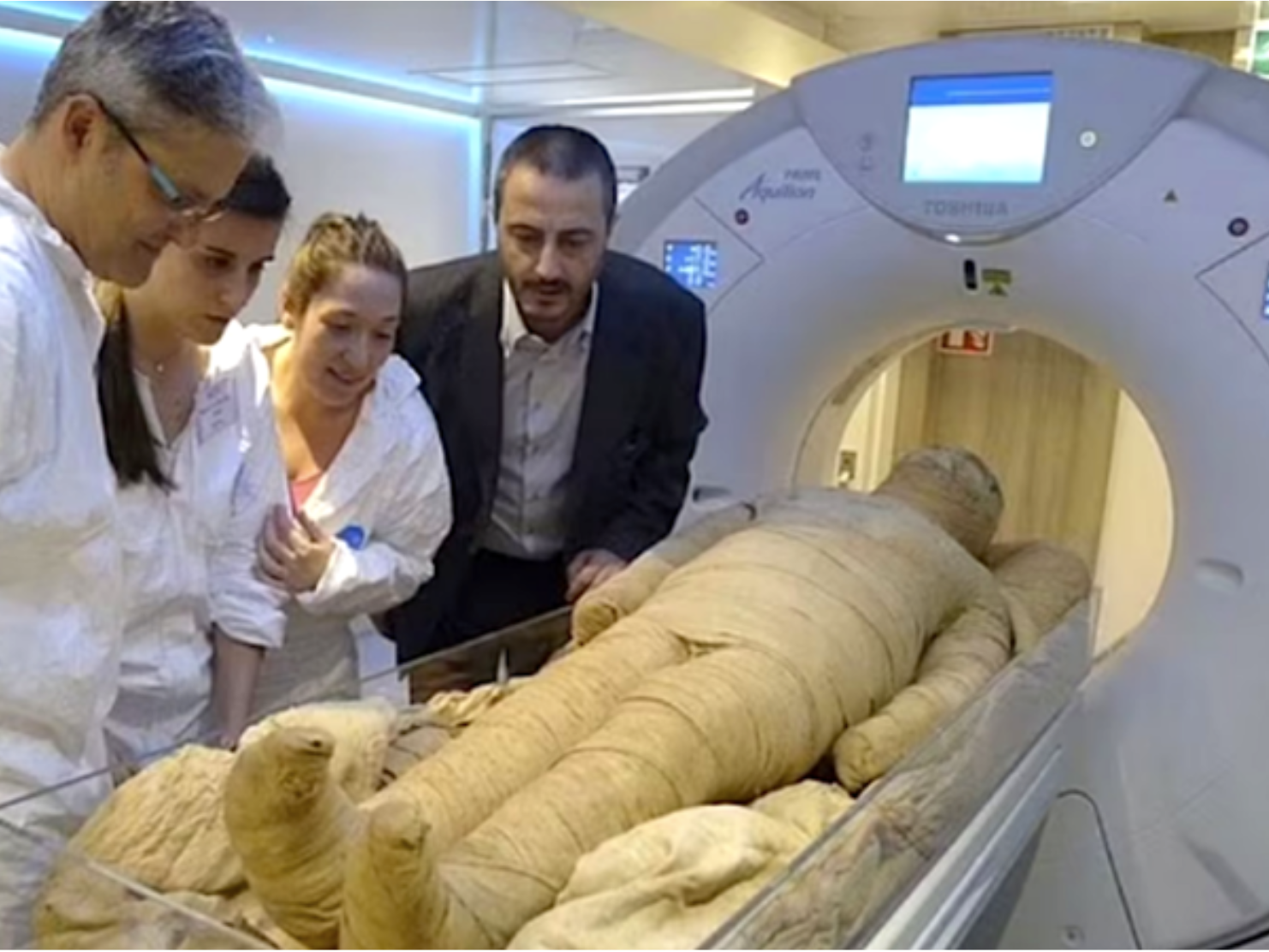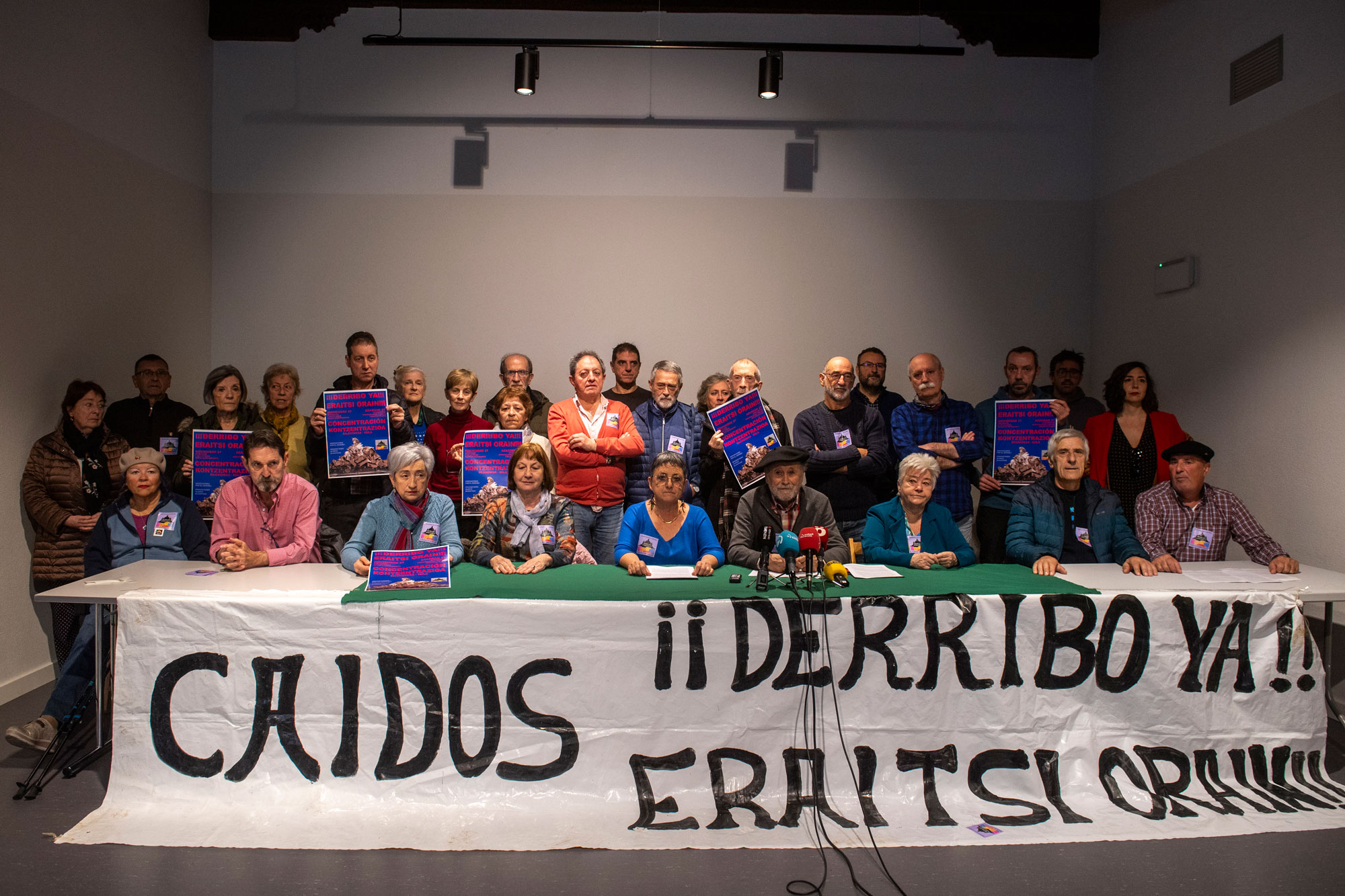Galos, beyond Asterix
- In the time of the Galos. Aquitaine before Caesar Exposition. Where: San Telmo Museum, San Sebastian. Date: until 25 May.

“Today Asterix and Obelix fully symbolize the Galos, despite the mistakes that comics have. And those misconceptions have come to school books,” they are words that the professor of archaeology at the University of Lyon, Matthieu Poux, said in 2011 to the journal Le Figaro. Now, at the San Telmo Museum, in a sample of 1,000 square meters and about 1,600 objects, you can check or deny the almost official version of Goscinny and Uderzo.
The first test will be found by the visitor himself in the portal itself, where an afixan helmet of the exhibition is shown, in which there is no trace of the wings drawn in the hulls of Asterix and his friends. In addition to numerous objects of the time, the exhibition has been rounded off through the reproduction of a Galo people. The first elements that attract attention in the living room are the square structures of the buildings; the Galos did not live in circular floor houses like Asterix and Obelix. And the difference is more pronounced, deeper, looking at the barn reproduction next to it. The Galos were farmers and farmers. And they also worked the metal, because at the exhibition a workshop has also been set up to work the bronze.
The Frenchmen did not live in the forest or in the forest. But this false idea is not only attributable to Asterix. During the Revolution of 1789, and later in the time of Napoleon, the myth of the Galos fighting to maintain the old life linked to nature spread: le bon sauvage.
Hundreds of items in the exhibition show that the Galos had little “savage”. There are weights in the looms, hair clips, keys, bracelets, coins… These objects, in addition to everyday life, reveal the relationships of the Aquitaine Galos with the surrounding villages. Through the rivers came the products of the Mediterranean, as well as the salt from the Atlantic coast. Luxury tableware shows that there were also products of Greek, Etruscan and Roman origin.
But that doesn't mean that the Galos weren't good warriors. In the absence of the magic potion prepared by the druid, knowledge of metals and weapons would probably influence this. Swords, arrows, helmets and spears show that they were skilled blacksmiths and tankers. I mean, the Galos were full of them in the Metal Age, they had left the Neolithic behind. Therefore, the menhir that usually brings Obelix back does not have historical logic.
A sign of this is the section dedicated to the site of Lacoste, a gem for lovers of archeology. The objects found indicated that it was a commercial and artisanal center of the Iron Age, in contact with Celts and Aquitans, among others. Asterix cannot and must not compete with the scientific tests of archaeology. It seems that success has given Asterix the responsibility of educating in history, but, after all, it is a comic and, therefore, fantasy and exaggeration, the wings of the helmets and the menhires on the back are allowed.
And yet, he couldn't resist the temptation to make a final correction. As the subtitle (“Aquitaine before Caesar”) indicates, the chronology of the exhibition ends in Romanization. The “emperor” Julius Caesar is one of Asterix’s leading comic book characters. But Julius Caesar never had that title; his successor, Augustus, was the first emperor of Rome.
I just saw a series from another sad detective. All the plots take place on a remote island in Scotland. You know how these fictions work: many dead, ordinary people but not so many, and the dark green landscape. This time it reminded me of a trip I made to the Scottish... [+]
Japan, 8th century. In the middle of the Nara Era they began to use the term furoshiki, but until the Edo Era (XVII-XIX. the 20th century) did not spread. Furoshiki is the art of collecting objects in ovens, but its etymology makes its origin clear: furo means bath and shiki... [+]
In an Egyptian mummy of 3,300 years ago, traces of Yersinia pestis, the bacterium that caused the Justinian plague in the 6th century and the Black Plague in the 14th century, have just been found.
Experts until now believed that at that time the plague had spread only in... [+]
Greenland, the end of the 10th century. The first Scandinavian explorers and settlers arrived on the island. But by the 15th century these settlements had been abandoned and the original Inuit remained. But in 1721, the missionary Hans Egede organized an expedition and the... [+]
Tafallan, nekazal giroko etxe batean sortu zen 1951. urtean. “Neolitikoan bezala bizi ginen, animaliez eta soroez inguratuta”. Nerabe zelarik, 'Luzuriaga’ lantegian hasi zen lanean. Bertan, hogei urtez aritu zen. Lantegian ekintzaile sindikala izan zen;... [+]
























